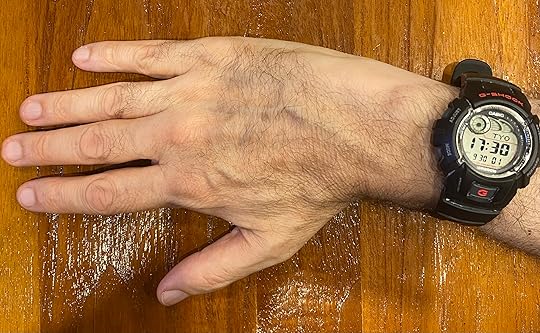What do you think?
Rate this book


181 pages
Published January 1, 2023
The publishing project of London-based artists Rachel Cattle and John Hughes, JOAN is a new independent publisher of contemporary interdisciplinary writing, supporting feminist, queer, and idiosyncratic voices, and innovative fictions.

